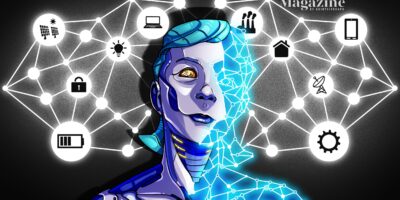
Animation has traversed a remarkable evolutionary journey from its classic roots to the transformative realm of 3D and beyond. The evolution of animation techniques has shaped the entertainment industry, influencing the way stories are told and experiences are crafted.
The evolution of animation is a testament to human creativity and technological advancement. Classic animation techniques date back to the early 20th century, where hand-drawn frames were painstakingly crafted to create the illusion of movement. From the groundbreaking success of Walt Disney’s hand-drawn classics to the innovative use of stop-motion by animators like Ray Harryhausen, each era built upon the other, adding new dimensions to storytelling.
However, the advent of 3D animation marked a paradigm shift in the industry. The evolution into three dimensions was revolutionary, introducing a new level of depth and realism to animated worlds. 3D animation first gained prominence in the 1990s with Pixar’s “Toy Story,” a milestone that transformed the way audiences perceived animation. The process of creating 3D animation involves digital modeling, rigging, texturing, and rendering, allowing for more lifelike characters and immersive environments.
3D animation has evolved significantly since its inception. Technological advancements have refined rendering techniques, allowing for enhanced visual effects, textures, and lighting. The integration of motion capture and virtual reality has further elevated the quality and immersive experience of 3D animation.
The process of animation today differs vastly from earlier methods. With classic techniques, animators meticulously hand-drew each frame, a time-consuming process that demanded immense skill and precision. In contrast, modern animation relies on sophisticated software and computer-generated imagery. The workflow has become more streamlined, enabling animators to create intricate scenes and complex movements more efficiently.
The evolution of animation has democratized the industry, allowing aspiring animators to explore their creativity. Platforms like Skillshare offer courses on 3D animation, empowering enthusiasts to learn the craft and contribute to this ever-evolving field.
Animation techniques from classic methods to the intricacies of 3D animation signifies a profound transformation in storytelling and visual arts. The future of animation holds the promise of even more innovative techniques, driven by technology and human imagination.


